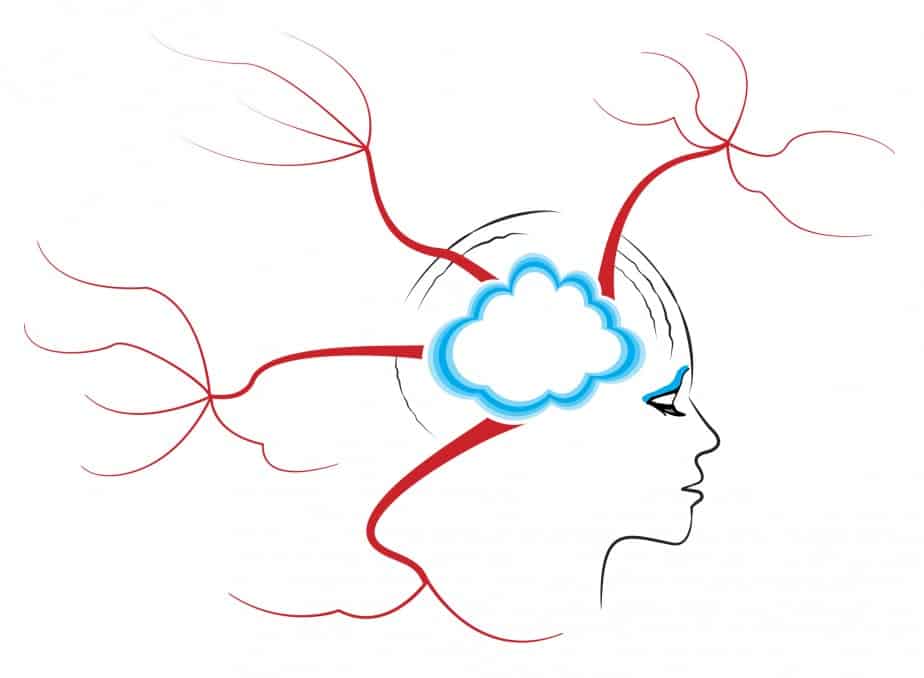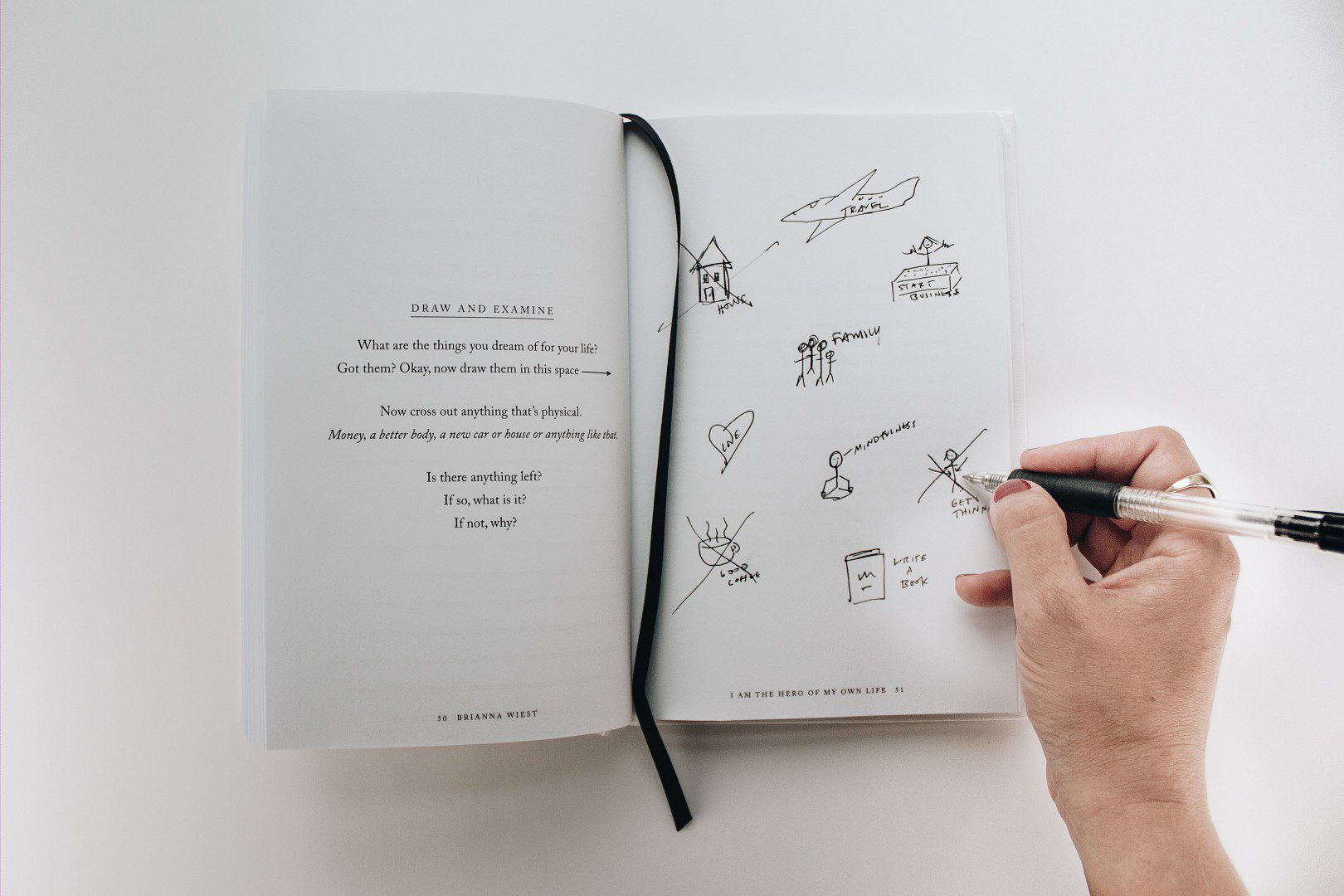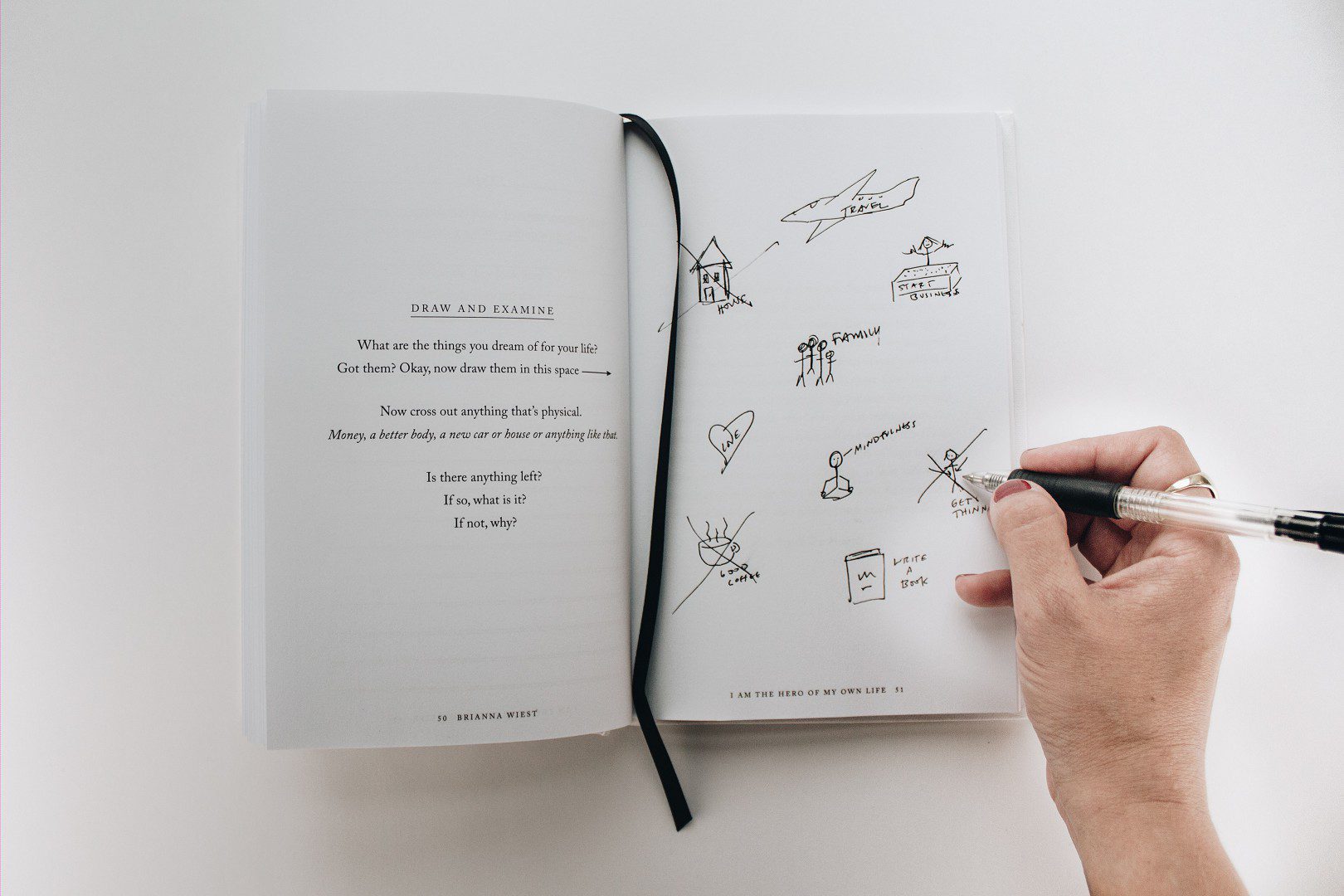Contents
- 1 Unleashing the Power of Mind Mapping for Better Note-Taking
- 2 Mastering Note-Taking with Mind Mapping Techniques
- 3 Boost Your Note-Taking Skills with Mind Mapping Strategies
- 4 Enhance Information Retention: Mind Mapping for Better Note-Taking
- 5 The Ultimate Guide to Mind Mapping for Improved Note-Taking
- 6 Uncover the Benefits of Mind Mapping in Note-Taking
- 7 Step-by-Step: Applying Mind Mapping for Better Note-Taking
- 8 Mind Mapping Tools for Effective Note-Taking
- 9 Transform Your Note-Taking: Harnessing the Power of Mind Mapping
- 10 Conclusion: Elevate Productivity and Learning with Mind Mapping for Note-Taking
- 11 FAQs About Mind Mapping for Better Note-Taking
Unleashing the Power of Mind Mapping for Better Note-Taking
Are you tired of traditional note-taking methods that leave you feeling overwhelmed and scattered? Do you find it difficult to retain information and make connections between different concepts? If so, it’s time to explore the world of mind mapping for better note-taking.
Mind mapping is a powerful technique that helps you organize your thoughts, ideas, and information in a visual and structured way. By using a combination of words, colors, and images, mind maps allow you to capture and organize information in a way that is both intuitive and engaging.
So how exactly does mind mapping improve your note-taking skills? Well, let’s think of your brain as a web of interconnected ideas. Traditional note-taking methods often force you to write in a linear and sequential manner, which doesn’t align with the natural way your brain processes information. Mind mapping, on the other hand, mirrors the non-linear nature of your thoughts, allowing you to capture ideas and make connections in a way that feels natural.
By visually representing information in a mind map, you can see the big picture while also understanding the relationships between different concepts. This holistic approach to note-taking not only enhances your understanding of the material but also improves your ability to recall and apply the information later on.
In this article, we will dive deep into the world of mind mapping for better note-taking. We will explore various techniques, strategies, and tools that can help you unleash the full potential of your note-taking process. So get ready to transform your note-taking experience and elevate your productivity and learning with the power of mind mapping.
Mastering Note-Taking with Mind Mapping Techniques
Taking effective notes is a crucial skill for students, professionals, and anyone seeking to enhance their learning and productivity. Mind mapping, a powerful technique that visually organizes information, can greatly improve your note-taking abilities. In this section, we will explore various mind mapping techniques that you can master to take better notes.
1. Start with a central idea
When using mind mapping for note-taking, begin by identifying the central idea or topic of your notes. This will serve as the focal point of your mind map. For example, if you are attending a lecture on “Effective Communication Skills,” write this as your central idea.
2. Branch out with main ideas
From the central idea, create branches that represent the main ideas or key points related to the topic. These main ideas will form the foundation of your note-taking. For instance, under the central idea of “Effective Communication Skills,” you may have branches for “Active Listening,” “Nonverbal Communication,” and “Conflict Resolution.”
3. Add sub-branches for details
Once you have established the main ideas, add sub-branches to each main idea to capture more detailed information. These sub-branches can include specific examples, definitions, or supporting evidence. For instance, under the main idea of “Active Listening,” you may have sub-branches for “Maintaining Eye Contact,” “Paraphrasing,” and “Asking Clarifying Questions.”
4. Use visuals and colors
Mind mapping allows you to incorporate visuals and colors, making your notes more engaging and memorable. Use icons, symbols, or images to represent concepts or ideas. Additionally, assign different colors to different branches or categories to create visual associations. This visual representation can help you recall information more effectively.
5. Make connections
One of the key benefits of mind mapping is its ability to show relationships between ideas. Connect related branches and sub-branches to demonstrate connections and dependencies. This will help you understand the bigger picture and how different concepts are interconnected.
By mastering these mind mapping techniques, you can transform your note-taking experience. Mind maps provide a clear and organized structure for your notes, making it easier to review and retain information. In the next section, we will explore strategies to further enhance your note-taking skills using mind mapping tools.

Boost Your Note-Taking Skills with Mind Mapping Strategies
Note-taking is a crucial skill that helps us retain information and organize our thoughts. However, traditional note-taking methods can be linear and limiting, often leading to a lack of clarity and difficulty in recalling information. This is where mind mapping comes in. By utilizing mind mapping techniques, you can enhance your note-taking skills and take your learning to the next level.
What is Mind Mapping?
Mind mapping is a visual technique that allows you to capture and organize information in a non-linear way. It involves creating a central idea or concept and branching out into related subtopics. This visual representation helps you see connections between ideas and facilitates better understanding and retention of information.
How to Use Mind Mapping for Note-Taking
- Start with a central idea: Begin by writing down the main topic or concept in the center of your page. This will serve as the focal point of your mind map.
- Branch out with subtopics: From the central idea, create branches that represent different subtopics or key points related to the main topic. These branches can be further divided into more specific subtopics if needed.
- Use keywords and images: Instead of writing full sentences, use keywords and images to represent ideas. This helps in condensing information and making your mind map more visually appealing.
- Make connections: Draw lines or arrows to connect related ideas. This visual representation of connections helps you see the bigger picture and understand the relationships between different concepts.
- Add color and visuals: Use different colors and visuals to make your mind map more engaging and memorable. This stimulates your visual memory and makes it easier to recall information later on.
Benefits of Mind Mapping for Note-Taking
- Improved organization: Mind maps provide a clear and structured overview of information, making it easier to navigate and understand complex topics.
- Enhanced creativity: The visual nature of mind maps encourages creative thinking and helps generate new ideas and connections.
- Increased retention: The combination of visuals, colors, and spatial relationships in mind maps enhances memory and aids in information retention.
By incorporating mind mapping strategies into your note-taking process, you can boost your learning and make studying a more enjoyable and effective experience. In the next section, we will explore the various tools available for mind mapping and how they can further enhance your note-taking skills.
Enhance Information Retention: Mind Mapping for Better Note-Taking
In today’s fast-paced world, effective note-taking is crucial for retaining and recalling information. One powerful technique that can significantly enhance your note-taking skills is mind mapping. Mind mapping is a visual way of organizing information, allowing you to make connections and see the bigger picture. Here’s how you can use mind mapping to enhance your note-taking:
1. Start with a central idea
When taking notes using mind mapping, begin with a central idea or topic in the middle of your page. This could be the main concept of a lecture, a key point from a book, or a central theme in a discussion. For example, if you’re attending a lecture on psychology, your central idea could be “Theories of Personality.”
2. Branch out with main ideas
From the central idea, create branches that represent the main ideas or subtopics related to it. These branches can be drawn as lines extending from the central idea. For instance, under the central idea “Theories of Personality,” you could have branches for “Trait Theory,” “Psychoanalytic Theory,” and “Humanistic Theory.”
3. Add details and connections
Next, add more branches to each main idea, representing supporting details, examples, or related concepts. These branches can be connected to the main ideas using lines or arrows. For example, under the branch “Trait Theory,” you could have branches for “Big Five Personality Traits,” “Eysenck’s Three Dimensions,” and “Allport’s Trait Theory.”
4. Use keywords and visuals
Instead of writing long sentences, use keywords and visuals in your mind map to summarize information. This helps in quicker understanding and retention of the material. For instance, you could use symbols or icons to represent concepts or draw simple diagrams to illustrate relationships.
By utilizing mind mapping techniques, you can enhance your note-taking skills and improve information retention. Mind maps provide a visual representation of complex ideas, making it easier to understand and remember information. In the next section, we will explore the various benefits of mind mapping in note-taking.
Next Topic: V. The Ultimate Guide to Mind Mapping for Improved Note-Taking

The Ultimate Guide to Mind Mapping for Improved Note-Taking
In this section, we will delve into the ultimate guide to using mind mapping techniques for improved note-taking. Mind mapping is a powerful tool that can help you organize your thoughts, make connections between ideas, and enhance your overall understanding of the material. Let’s explore how you can leverage this technique to take your note-taking skills to the next level.
What is Mind Mapping?
Mind mapping is a visual technique that allows you to capture and organize information in a non-linear way. It involves creating a central idea or topic and branching out into related subtopics or concepts. This method mimics the way our brain naturally processes information, making it easier to remember and recall.
How to Create a Mind Map for Note-Taking
- Start with a central idea: Begin by writing down the main topic or concept in the center of your page. This will serve as the focal point of your mind map.
- Add branches: From the central idea, draw branches outward to represent subtopics or related concepts. Label each branch with a keyword or phrase.
- Connect ideas: Use lines or arrows to connect related ideas or concepts. This visual representation helps you see the relationships between different pieces of information.
- Use colors and images: Incorporate colors and images into your mind map to make it visually engaging and memorable. Colors can represent different categories or themes, while images can serve as visual cues to trigger your memory.
Benefits of Mind Mapping for Note-Taking
- Improved organization: Mind maps provide a clear and structured overview of the information, making it easier to navigate and review.
- Enhanced creativity: Mind mapping encourages a free-flowing and non-linear approach to note-taking, allowing for more creative thinking and idea generation.
- Increased retention: The visual nature of mind maps helps stimulate both the left and right hemispheres of the brain, leading to better retention and recall of information.
By incorporating mind mapping techniques into your note-taking process, you can unlock the full potential of your mind and significantly improve your ability to understand and retain information. In the next section, we will explore the step-by-step process of applying mind mapping for better note-taking.
Unlock the power of mind mapping for better note-taking and elevate your learning experience.
Uncover the Benefits of Mind Mapping in Note-Taking
When it comes to note-taking, traditional methods like linear note-taking can often be limiting and ineffective. That’s where mind mapping comes in. Mind mapping is a powerful technique that can revolutionize the way you take notes, allowing you to capture and organize information in a more visual and intuitive way.
The Power of Visual Thinking
One of the key benefits of mind mapping in note-taking is its ability to tap into the power of visual thinking. Instead of simply jotting down information in a linear fashion, mind mapping allows you to create a visual representation of your thoughts and ideas. This visual representation can help you better understand and remember the information you are trying to capture.
Flexibility and Creativity
Mind mapping also offers a high degree of flexibility and creativity. With traditional note-taking methods, you are often limited by the linear structure of the page. However, with mind mapping, you can create branches and connections between different ideas, allowing for a more holistic and interconnected representation of the information.
Example:
Let’s say you are attending a lecture on the history of art. Instead of simply writing down the key points in a linear fashion, you can use mind mapping to create a visual representation of the different art movements, their key characteristics, and the artists associated with each movement. This visual representation can help you see the connections between different movements and artists, making it easier to understand and remember the information.
Improved Information Retention
By tapping into the power of visual thinking and creating a more interconnected representation of the information, mind mapping can significantly improve your information retention. When you review your mind maps, you can quickly and easily recall the information, as the visual representation triggers your memory and helps you make connections between different ideas.
By incorporating mind mapping into your note-taking process, you can unlock a whole new level of understanding and retention. In the next section, we will dive deeper into the step-by-step process of applying mind mapping for better note-taking.

Step-by-Step: Applying Mind Mapping for Better Note-Taking
Taking effective notes is crucial for retaining and understanding information. Mind mapping is a powerful technique that can revolutionize your note-taking experience. By visually organizing your thoughts and ideas, mind mapping helps you to make connections and see the bigger picture. Here’s a step-by-step guide on how to apply mind mapping for better note-taking:
1. Start with a Central Idea
Begin your mind map by writing down the central idea or topic in the center of the page. This could be a key concept from a lecture, a main theme from a book, or a problem you’re trying to solve.
2. Branch out with Main Ideas
From the central idea, create branches that represent the main ideas or subtopics related to the central idea. These branches will serve as the backbone of your mind map.
3. Add Details and Examples
Expand each main idea by adding more branches or sub-branches. These can include supporting details, examples, or key points. Use keywords or short phrases to keep your mind map concise and easy to read.
4. Use Colors and Symbols
To enhance visual appeal and aid in memory retention, use colors and symbols in your mind map. Assign different colors to different branches or use symbols to represent specific concepts. This will make your mind map more engaging and memorable.
5. Connect Ideas
Draw lines or arrows to connect related ideas or show relationships between different concepts. This will help you see the connections between different parts of your notes and reinforce your understanding of the material.
6. Review and Revise
Periodically review and revise your mind map as you add more information or gain a deeper understanding of the topic. Mind maps are dynamic and can evolve as your knowledge grows.
By following these steps, you can unlock the full potential of mind mapping for better note-taking. Mind maps allow you to capture information in a visual and organized manner, making it easier to review and understand later on. So, why not give mind mapping a try and revolutionize your note-taking experience?
With mind mapping, you can take your note-taking skills to the next level and enhance your productivity and learning. In the next section, we will explore some of the best mind mapping tools available that can further streamline your note-taking process.
Mind Mapping Tools for Effective Note-Taking
When it comes to note-taking, using mind mapping tools can greatly enhance your productivity and organization. These tools provide a visual representation of your notes, allowing you to see connections and relationships between different ideas. Here are some popular mind mapping tools that can help you take better notes:
1. MindMeister
MindMeister is a web-based mind mapping tool that allows you to create, edit, and share mind maps online. It offers a user-friendly interface and various features such as real-time collaboration, integration with other productivity tools, and the ability to add images and attachments to your mind maps. With MindMeister, you can easily create visually appealing and structured notes that are easy to review and revise.
2. XMind
XMind is another popular mind mapping tool that offers a range of features for effective note-taking. It allows you to create different types of mind maps, including tree diagrams, organizational charts, and flowcharts. XMind also offers a brainstorming mode, where you can quickly jot down ideas and then organize them into a structured mind map. Additionally, it provides various customization options, such as themes, styles, and markers, to make your notes more visually appealing and memorable.
3. Notion
Notion is a versatile productivity tool that can be used for various purposes, including note-taking. It offers a flexible and customizable interface where you can create different types of notes, including traditional text-based notes, kanban boards, and mind maps. Notion also allows you to add multimedia content, such as images, videos, and files, to your notes, making them more engaging and comprehensive. With its powerful search and organization features, Notion makes it easy to find and review your notes whenever you need them.
Using these mind mapping tools can revolutionize your note-taking experience. They provide a visual and structured way to capture and organize information, making it easier to understand and remember. By incorporating these tools into your note-taking routine, you can boost your productivity, enhance your learning, and unleash the power of mind mapping for better note-taking.
In the next section, we will explore how you can transform your note-taking by harnessing the power of mind mapping. Stay tuned!

Transform Your Note-Taking: Harnessing the Power of Mind Mapping
Are you tired of traditional note-taking methods that leave you with a jumbled mess of information? It’s time to revolutionize your note-taking with the power of mind mapping. Mind mapping is a visual technique that helps you organize and connect ideas in a way that is easy to understand and remember. By utilizing this strategy, you can transform your note-taking experience and enhance your learning capabilities.
How to Create a Mind Map for Note-Taking
- Start with a central idea: Begin your mind map by writing down the main topic or concept in the center of the page. This will serve as the focal point for your note-taking journey.
- Branch out with key points: From the central idea, create branches that represent the key points or subtopics related to the main concept. These branches should radiate outwards, creating a clear visual hierarchy.
- Add details and connections: As you continue to expand your mind map, add more branches to represent supporting details, examples, and connections between different ideas. Use arrows or lines to indicate relationships and associations.
- Use colors and images: To make your mind map visually appealing and memorable, incorporate colors and images. Color-coding can help you distinguish between different categories or themes, while images can serve as visual cues to trigger your memory.
Benefits of Mind Mapping for Note-Taking
- Enhanced organization: Mind mapping allows you to structure your notes in a logical and organized manner. The visual layout helps you see the big picture while also focusing on the details.
- Improved comprehension: By visually connecting ideas and concepts, mind mapping facilitates a deeper understanding of the subject matter. You can see how different pieces of information relate to each other, leading to a more comprehensive grasp of the material.
- Increased retention: Mind maps engage both hemispheres of the brain, making it easier to remember information. The visual and spatial elements of mind mapping activate the right side of the brain, which is responsible for creativity and imagination, while the left side of the brain, responsible for logical thinking, processes the content.
By harnessing the power of mind mapping, you can transform your note-taking from a mundane task to an engaging and effective learning experience. In the next section, we will explore the various mind mapping tools available to further enhance your note-taking journey.
Conclusion: Elevate Productivity and Learning with Mind Mapping for Note-Taking
In today’s fast-paced world, effective note-taking is crucial for retaining information and maximizing productivity. Mind mapping is a powerful tool that can revolutionize your note-taking experience, allowing you to organize and visualize information in a way that enhances understanding and retention. By incorporating mind mapping techniques into your note-taking routine, you can take your learning to new heights.
Benefits of Mind Mapping for Note-Taking
- Enhanced comprehension: Mind mapping encourages a holistic approach to note-taking, enabling you to see the big picture and make connections between ideas.
- Improved memory retention: The visual and spatial nature of mind maps helps to imprint information in your memory, making it easier to recall later.
- Increased creativity: Mind mapping allows for flexible thinking and encourages the generation of new ideas, leading to more innovative solutions and insights.
- Efficient organization: With mind maps, you can easily structure and categorize information, making it easier to review and study later.
Tips for Effective Mind Mapping in Note-Taking
- Start with a central topic: Begin your mind map by placing the main topic or theme in the center, and branch out from there.
- Use colors and images: Incorporate visual elements into your mind map to make it more engaging and memorable.
- Keep it concise: Use keywords and short phrases instead of lengthy sentences to keep your mind map clear and concise.
- Make connections: Draw lines and arrows to connect related ideas, showing the relationships between different concepts.
- Review and revise: Regularly revisit and update your mind maps to reinforce your understanding and incorporate new information.
Mind Mapping Tools to Enhance Your Note-Taking
- MindMeister: An online mind mapping tool with collaborative features, allowing you to share and collaborate on mind maps with others.
- XMind: A popular desktop application that offers a wide range of features for creating and organizing mind maps.
- SimpleMind: A user-friendly mobile app that allows you to create mind maps on the go, perfect for capturing ideas and taking notes during meetings or lectures.
By embracing the power of mind mapping, you can transform your note-taking experience and unlock your full learning potential. So why wait? Start incorporating mind mapping techniques into your note-taking routine today and watch your productivity and understanding soar.
FAQs About Mind Mapping for Better Note-Taking
How can mind mapping improve my note-taking?
Mind mapping is a visual technique that helps you organize information in a structured and interconnected way. By using keywords, colors, and images, mind mapping enhances your note-taking by making it more engaging and memorable.
Do I need any special tools to start mind mapping for note-taking?
No, you don’t need any special tools to begin mind mapping for better note-taking. You can start with a pen and paper or use various digital tools available online, such as mind mapping software or apps. Find the method that works best for you and start exploring the power of mind mapping.
What are some tips for effective mind mapping in note-taking?
To make your mind maps effective for note-taking, keep them simple and concise. Use keywords instead of full sentences, and include visual elements like icons or images to enhance understanding and retention. Experiment with different colors and fonts to make your mind maps visually appealing and easy to navigate.
Can mind mapping be used for all types of note-taking?
Yes, mind mapping can be used for various types of note-taking, whether you’re in a lecture, meeting, or reading a book. It’s a versatile technique that allows you to capture key ideas, connections, and supporting details in a visually organized manner. Adapt mind mapping to suit your note-taking needs and watch your productivity soar.

0 Comments